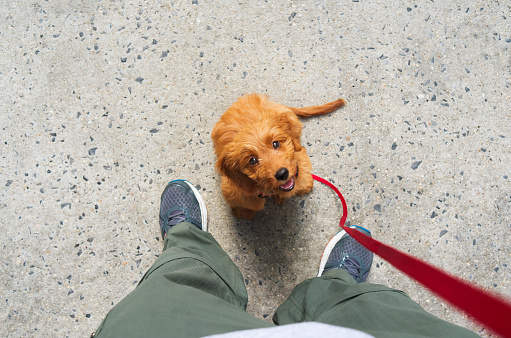
Dog training is all about quality time, teamwork, teaching, and learning. It’s an ideal time to create bonds and to teach good behavior. There are countless do’s and don'ts in training, some easier to follow than others. And while most are common knowledge, some are less-known facts.
Here are the 10 most common dog training mistakes no one really talks about.
Table of Contents
Hour-long Training Sessions
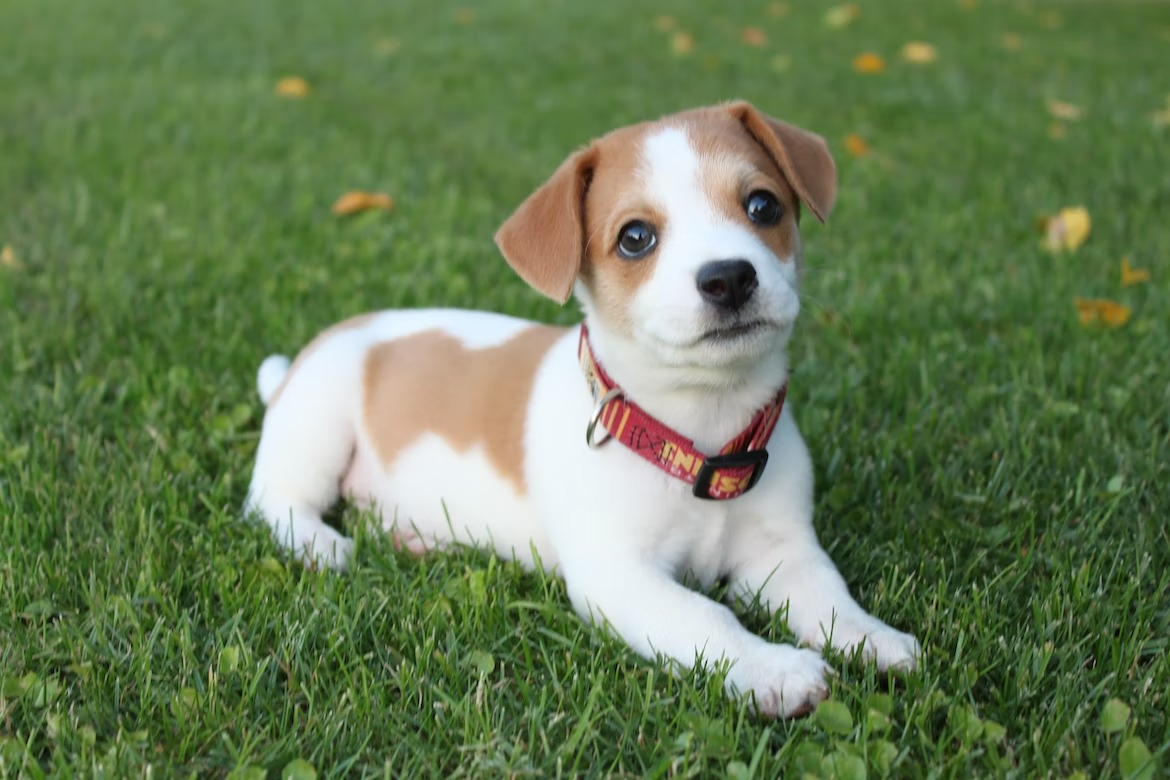
One of the biggest and most important dog training mistakes you need to avoid is keeping training sessions too long. The ideal time to start training your new puppy is at around 8 weeks old, which is when your puppy arrives home. Starting early is beneficial for both you and your pup because it gives both of you time to bond and creates a routine.
When you begin training a puppy at 8 weeks old, it’s important to keep in mind that young puppies have a very low attention span. This means that they can only keep focus for a few minutes at a time. Anything more than that is above their capabilities and should be avoided.
The ideal amount of time for a training session with a young puppy should be between 5 and 10 minutes at most. As your puppy matures, you can add 5 to 10 more minutes to each training session.
Puppies are little explorers, especially when they are young. They hardly sit still for more than a few minutes, and always want to inspect their surroundings. They want to play, get into some mischief, and do their own thing until they are ready to eat, sleep, and go for a potty break outside. Forcing them into an hour-long training session will prove not only difficult but also counterproductive. It is better to allow your puppy to burn off energy through playing and get enough rest before you begin your lesson for the day.
Using Punishment to Teach Your Dog
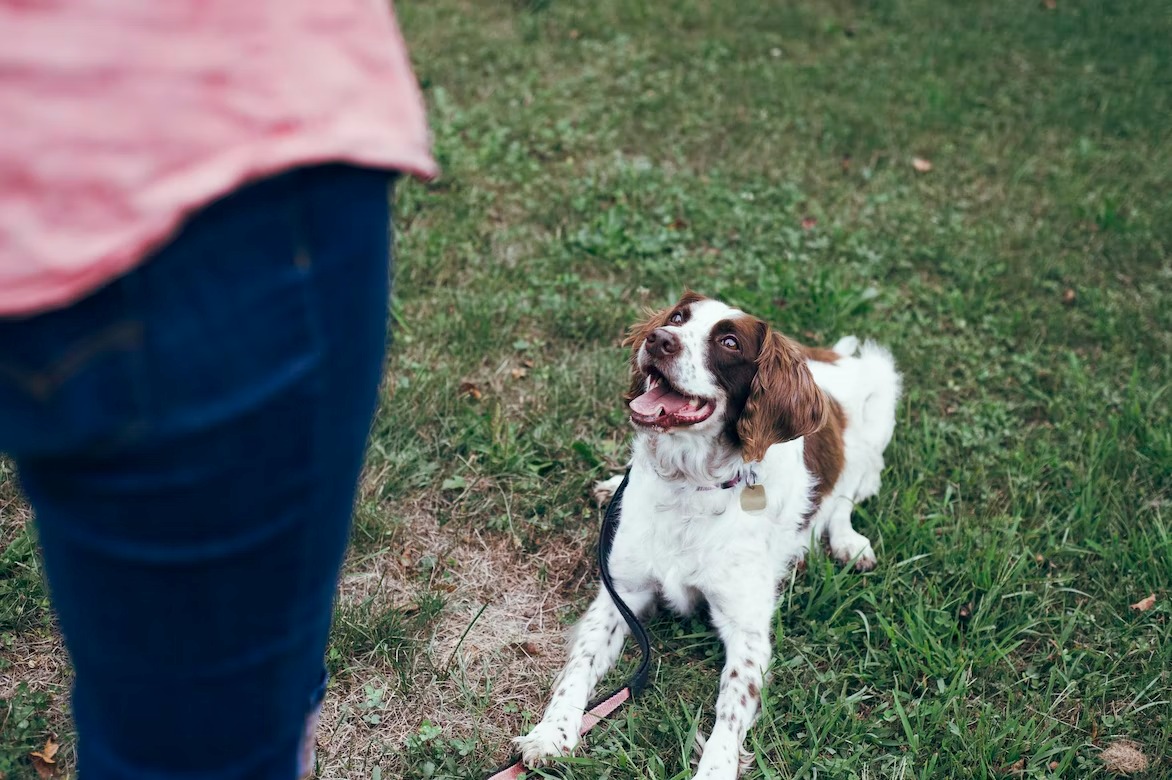
Punishments are never a good idea in raising any being, child, cat, dog, or horse. It creates fear, frustration, anxiety, and other negative feelings that are counterproductive in the long run. Using punishments to train a dog is a common mistake dog owners make. And it is best avoided.
The best approach in training puppies is positive reinforcement. Punishments and positive reinforcement are miles apart when it comes to training. They are opposites and produce opposite results. Punishment is harsh and can cause all kinds of problems in the development of an adult dog. The puppy learns to do things out of fear and transitions into adulthood as a fearful dog. A puppy can also become aggressive when punishments are used instead of positive training methods.
Positive reinforcement, on the other hand, is the practice of rewarding and reinforcing good behavior. It’s one of the most important training methods. It can be used to train dogs in a variety of ways, including teaching them new behaviors, changing their existing behaviors, and reinforcing desirable behavior. This practice has been used for decades with great success. It produces good adult dogs, not just obedient ones.
Dogs that are trained with positive reinforcement as opposed to punishments are also happier and more confident because they know how to behave properly and receive rewards when they do so. This training method has been used with great success to change behaviors, such as jumping on strangers, barking, and excessive marking. Dogs can be trained by using positive reinforcement to stop these behaviors and teach them healthy alternatives. With all the ways it can be used, positive reinforcement is a very powerful tool for training dogs.
RELATED: How to Train a Puppy
Using Choke Collars

Choke Collars are a terrible mistake when training dogs and should be avoided altogether. This practice is very harmful, especially for small dogs. These dog training mistakes can cause a lifetime of consequences.
The use of choke collars can have long-term consequences for the dog. They are not good for the dog's health and can cause physical and emotional trauma. Choke collars tighten around the neck of the dog when they misbehave. Choke collars can cause serious injuries if they are used improperly or consistently. Choke collars should not be used in any situation.
Instead of using these harmful methods, it is better to begin leash training indoors, in a safe and calm environment where your dog can learn commands without being distracted at every step. Practice the command words that go with leash training until they are mastered before venturing outdoors.
If you begin leash training when your puppy is young, you will have greater success than trying to correct bad behavior in an adult dog. Allow your puppy plenty of time to become comfortable with the leash and to master walking by your side. You can begin short outdoor walks to practice what your puppy has mastered indoors. And keep these walks in a low-distraction area for the best results until your puppy is ready for crowds.
Command Word Repetition
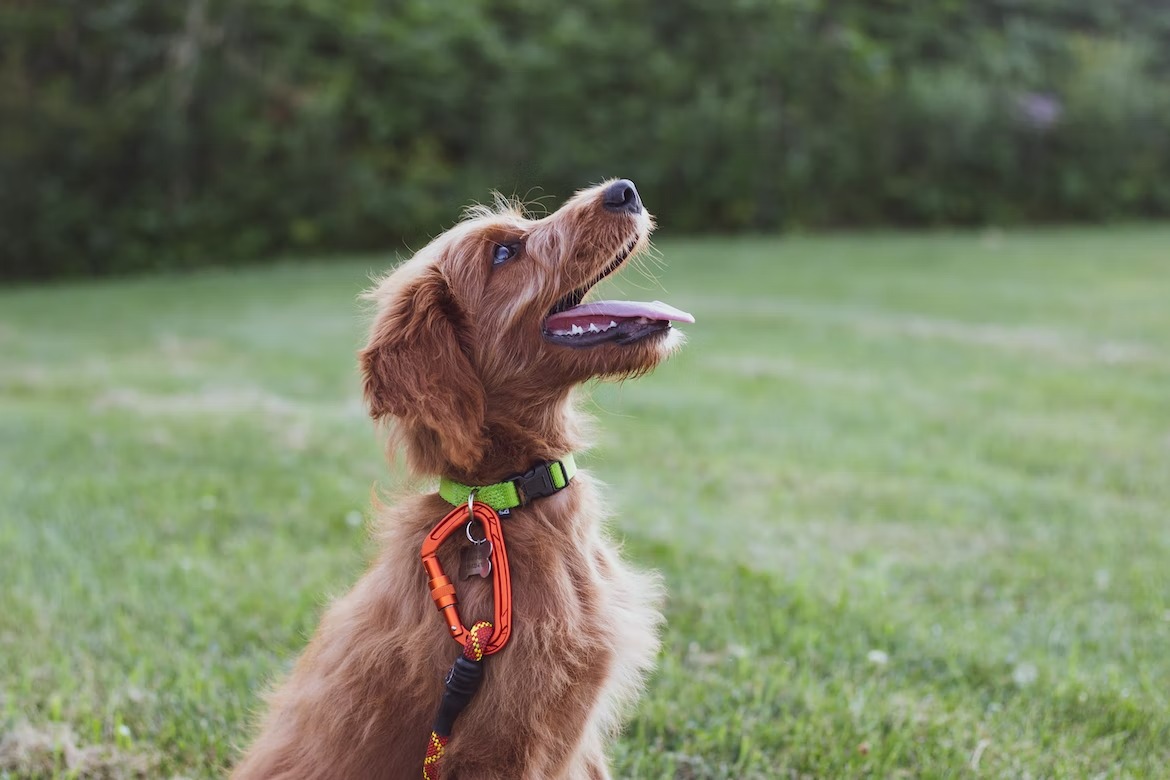
Dogs will learn what you teach them. They will learn the words for each command and will perform at the tone of your voice or the movement of your hand. When you teach them to sit at the sound of “sit”, they will do so. If you repeat the command three times before your puppy gets the chance to obey, your puppy will learn that he needs to hear the command three times before obeying.
This is a very common dog training mistake that most owners make when training their dogs. Repeating the command word more than once will teach dogs to wait for the repetition until they can do what is asked of them.
Instead of saying “down, down, down”, it is better to say the command word once, and use a hand gesture to give your dog the cue on what to do. If your dog doesn’t respond the first time, it is better to move a few steps away from your dog, call him to you, and try again rather than repeat the command word.
Not Paying Attention to Your Dog’s Mood
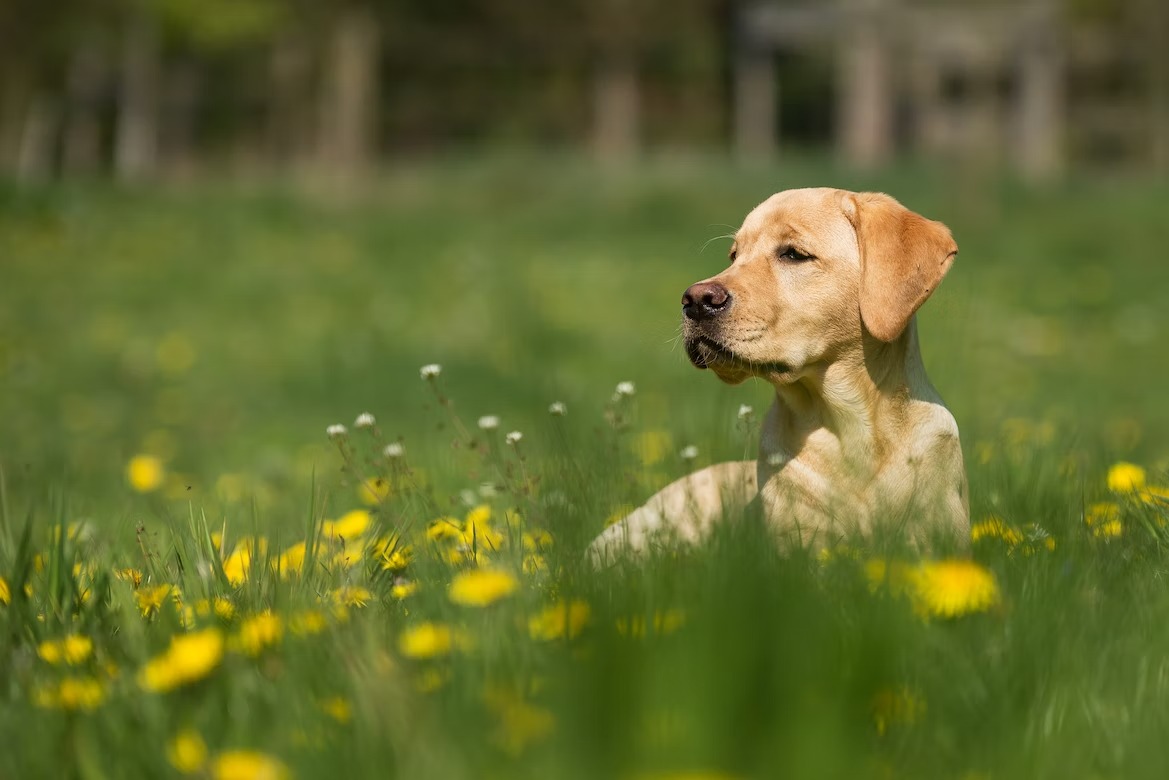
Just like humans, dogs have moods. They get tired, frustrated, angry, bored, and so on. They can feel most of the emotions we do and can be moody just like us. Small puppies, in particular, might prefer to play or nap instead of sitting still for a training lesson. Or they may prefer to inspect every nook and cranny of the house instead of staying in one room/place for more than a minute or two. And it’s ok. They are young and eager to discover the world around them. And you should let them.
Puppies rely on their owners to decide when the best time for learning is. A common dog training mistake most owners make is asking their dogs to sit still when they don’t feel like it. To ensure that your training session goes smoothly, it is best to first identify your pup’s mood and determine when the right time for teaching/learning is. Make sure your puppy is sufficiently rested, fed, and exercised before starting a lesson.
RELATED: 10 Reasons Why Dogs Lose Interest in Training and How to Fix it
Expecting Too Much Too Soon
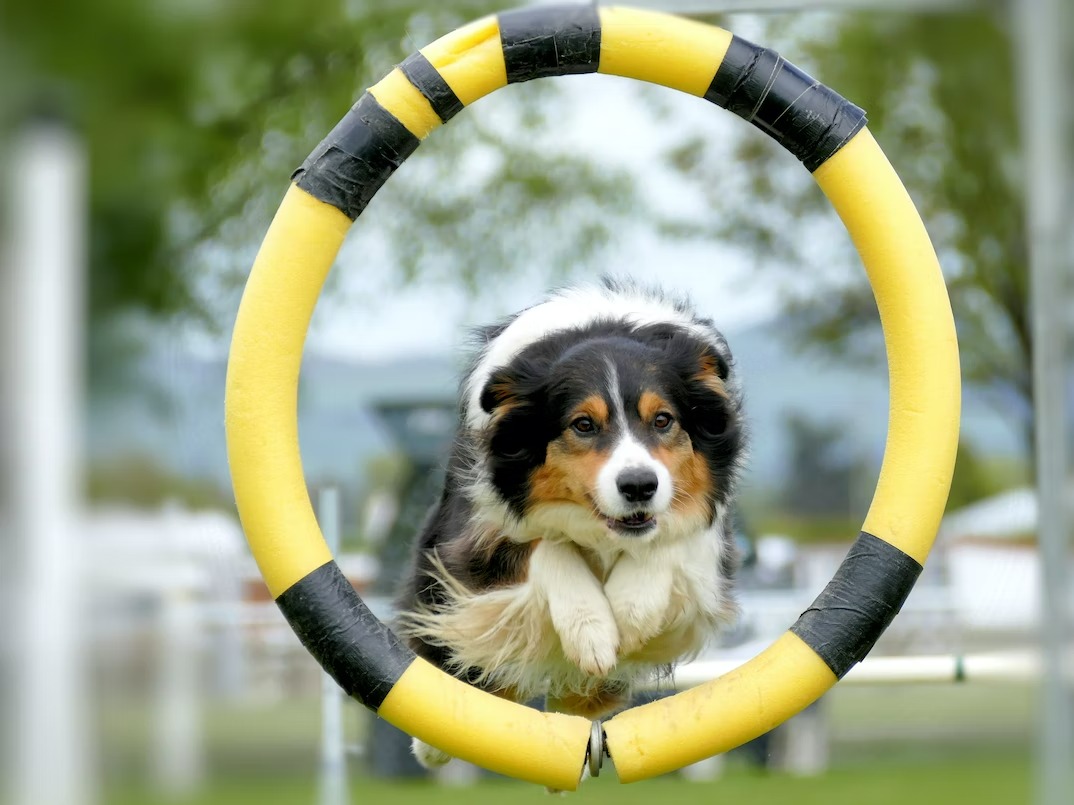
Another common dog training mistake most owners make is expecting their pups to learn too much too soon. This is especially true of new puppy owners, who are inexperienced in dog training.
Dogs are capable of learning hundreds of commands, especially breeds like Poodles, Cavapoos, Mini Goldendoodles, and Mini Aussies who are incredibly intelligent. Their Einstein-level intelligence allows them to be trained for a myriad of tasks and to learn quickly. However, their age has a say in how much they can learn at a given time. Young puppies need to start off slow, with a command or a lesson every few weeks.
The first lesson most owners begin with is potty training. And it’s not the easiest. Potty training can take up to a few months to master. It's not as easy as showing your pup the pad or taking him outdoors 5 times a day to ensure immediate success. And like potty training, most lessons can take up to 3 months to master.
Expecting too much too soon can bring on unpleasant results. Owners get frustrated and this passes over to their puppies who also become frustrated. Patience is key to good dog training practices. It gives the puppy plenty of time to become comfortable with learning, and it allows the owner to set the stage for an obedient adult dog.
RELATED: New Puppy Owner Guide
Using The Wrong Rewards
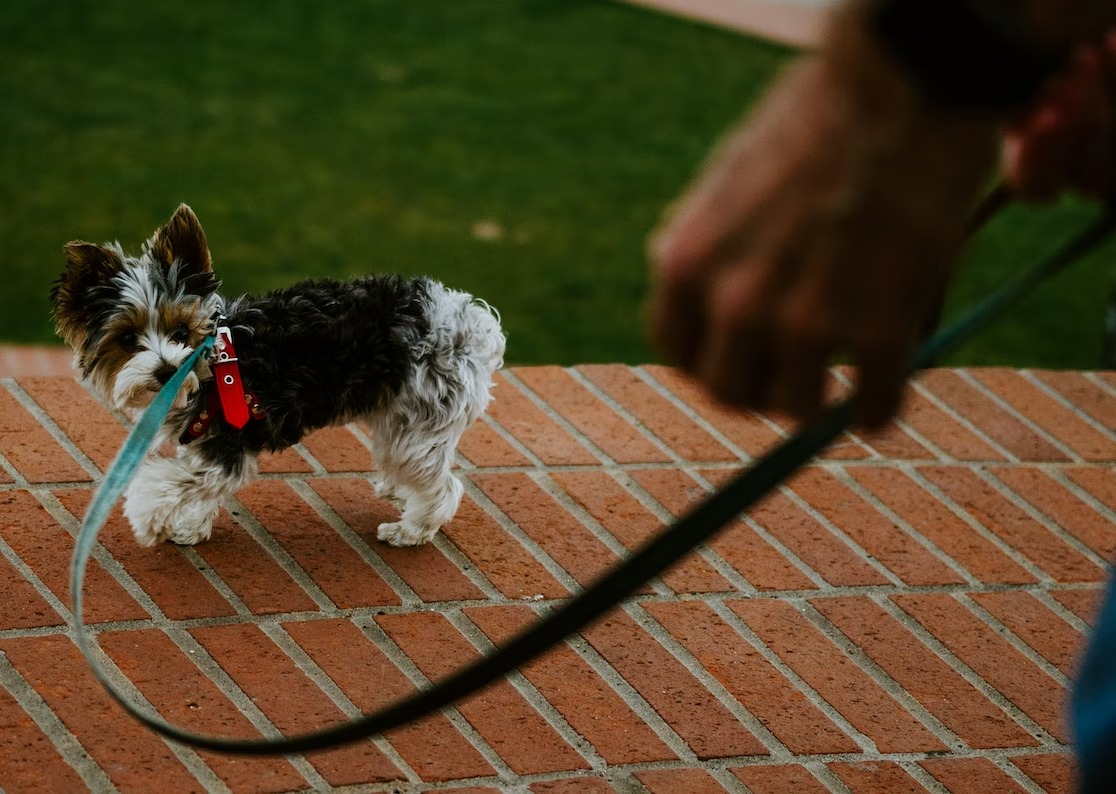
Puppies and dogs can be trained quite easily when they are rewarded to their liking. They can also prove impossible to train when they don’t feel motivated. A common misconception about dog training is that all dogs love treats and will respond to them the same way.
Rewards are a great way to train your dog and they make the process more enjoyable. You should identify what your dog likes, then reward good behavior with their preferred treats or toys. Identifying what your dog likes, is one of the most important steps in early training. Once you identify what your dog loves to be rewarded with, you will have no problem motivating them.
Using rewards is a great way to train puppies, however, using the wrong rewards can prove counterproductive. If you treat your dog to kibble as a type of reward, and your dog dislikes kibble, there will be nothing to motivate them with. Instead, use what you know your dog likes. A favorite toy, a favorite praise word, a bit of fruit, a belly rub, a pat on the head, or even a quick chase. The rewards should be given as soon as the desired behavior is completed.
You can also make training fun and rewarding by using games that your dog loves to play, such as fetch or tug-of-war. A reward can include but is not limited to food, toys, praise from you, a smooch, or a bit of petting. For training purposes, it's best to use food rewards that are high in nutrition and low in calories, such as dry kibble or a small piece of raw meat. Fruits and vegetables are also on the list of what most dogs love to be rewarded with.
Relying on the Dog Crate for Punishment
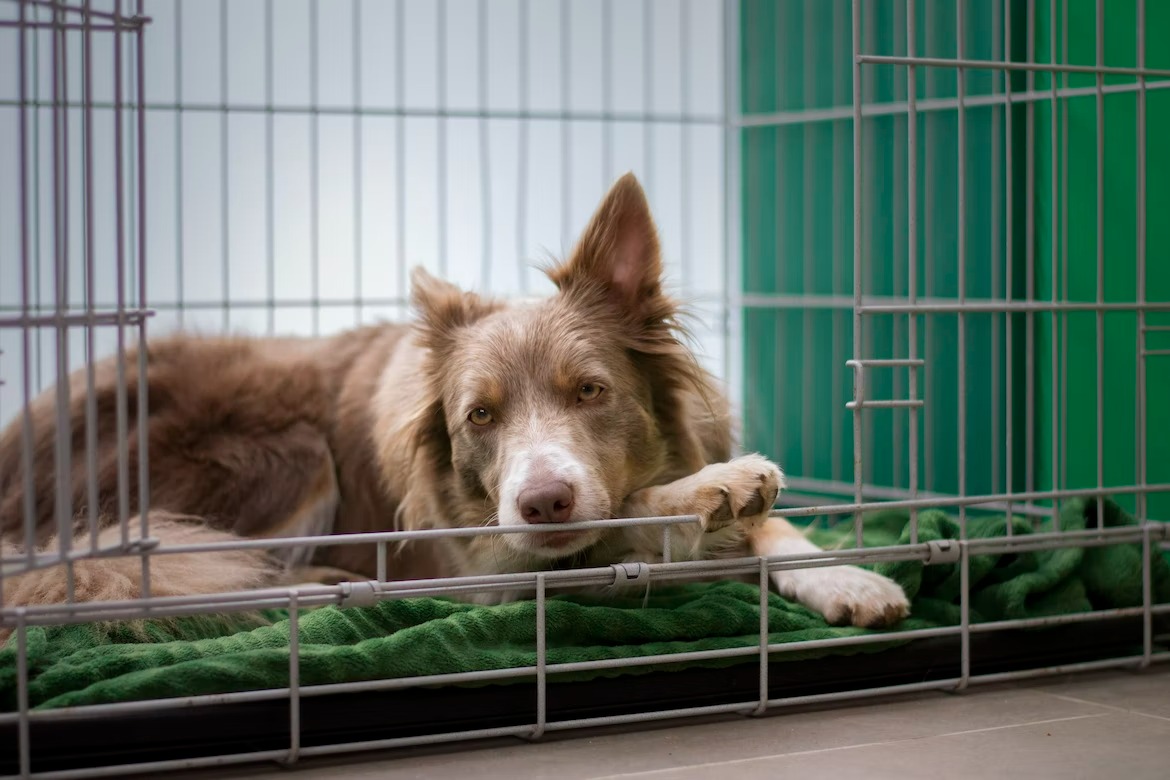
One of the most counterproductive dog training mistakes owners make is using the dog crate as punishment. Dog crates are created to offer dogs a sanctuary, a safe place of their own, but there are owners who rely on these crates to punish their dogs or give them a time out when they misbehave. This practice is very counterproductive as it allows the dog to associate the crate only with punishment. It also takes away the idea of a safe place and replaces it with the idea of a prison. And this leads to feelings of frustration and anxiety.
To get the most out of a crate, training should begin as soon as the puppy arrives home. The training should teach the dog to see the crate as a positive place to be comfortable in.
When owners use the crate as punishment, this creates a broken relationship between the crate and the dog. And when the time comes for the crate to be used to keep the dog safe and undestructive while alone, it is no longer useful. Crates should instead be used as a dog’s personal and safe place where he can rest and relax, especially when left alone at home.
Forcing Your Dog into Obeying
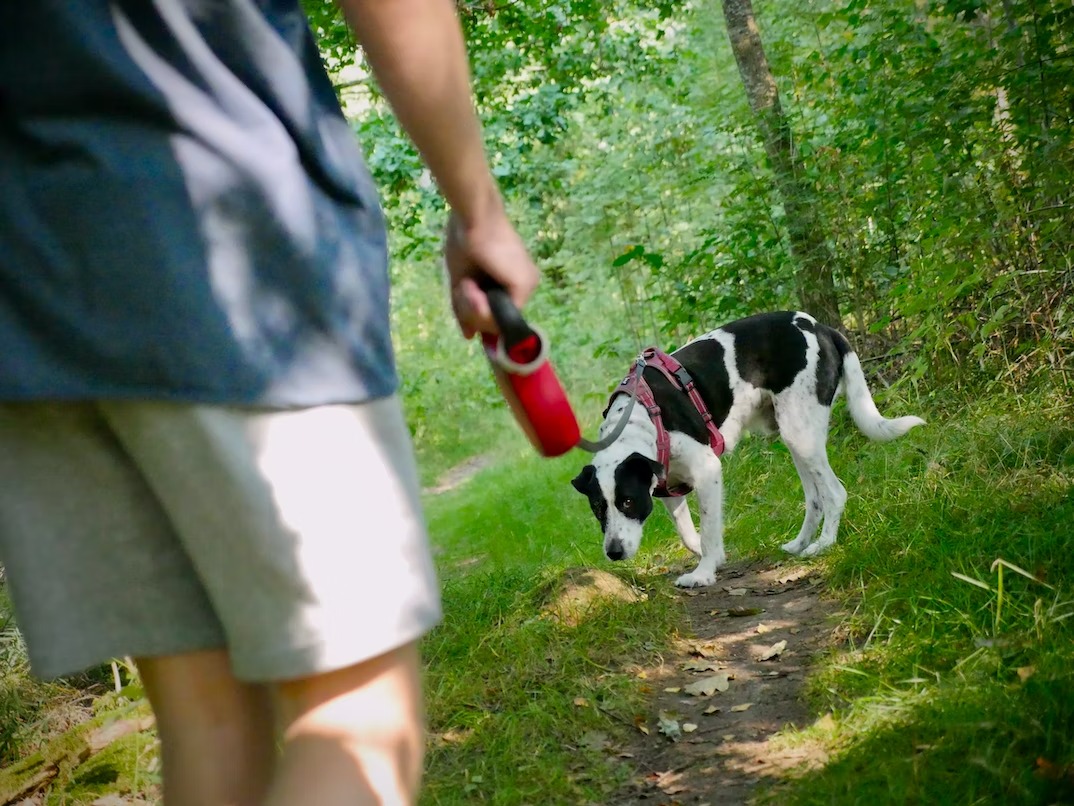
As we mentioned before, moods should be considered when training a dog. When a dog is not rested, fed, or exercised sufficiently, their mood is most likely not ideal to take on a training lesson. The same goes for when a dog is uncomfortable in a situation, or simply not ready.
A common dog training mistake that we’ve seen more times than we would like to admit, is forcing dogs to interact with others or perform a command they would rather not. Forcing them into doing something is never a good idea, especially since it can cause fear and aggression.
Dogs remember how they felt in certain situations, and if they are forced into those situations rather than taken away from them, they will likely feel and exhibit the same behavior as the first time. What this means, is that if you force your dog to interact with another and he is scared, he will be scared in every future interaction. The best way to avoid this is to end the interaction and try again another time when your dog is in a more accepting mood.
The same criteria apply to leaving your dog home for the first time. It is recommended to train your dog in the art of independence before leaving him or her alone for the first few times. Forcing them to stay home alone for hours on end when they don’t know if you will ever come back is counterproductive and even dangerous. Separation anxiety is created this way, and it brings destructive behavior and feelings of loneliness with it.
RELATED: Understanding Dog Body Language
Not Sticking to a Routine
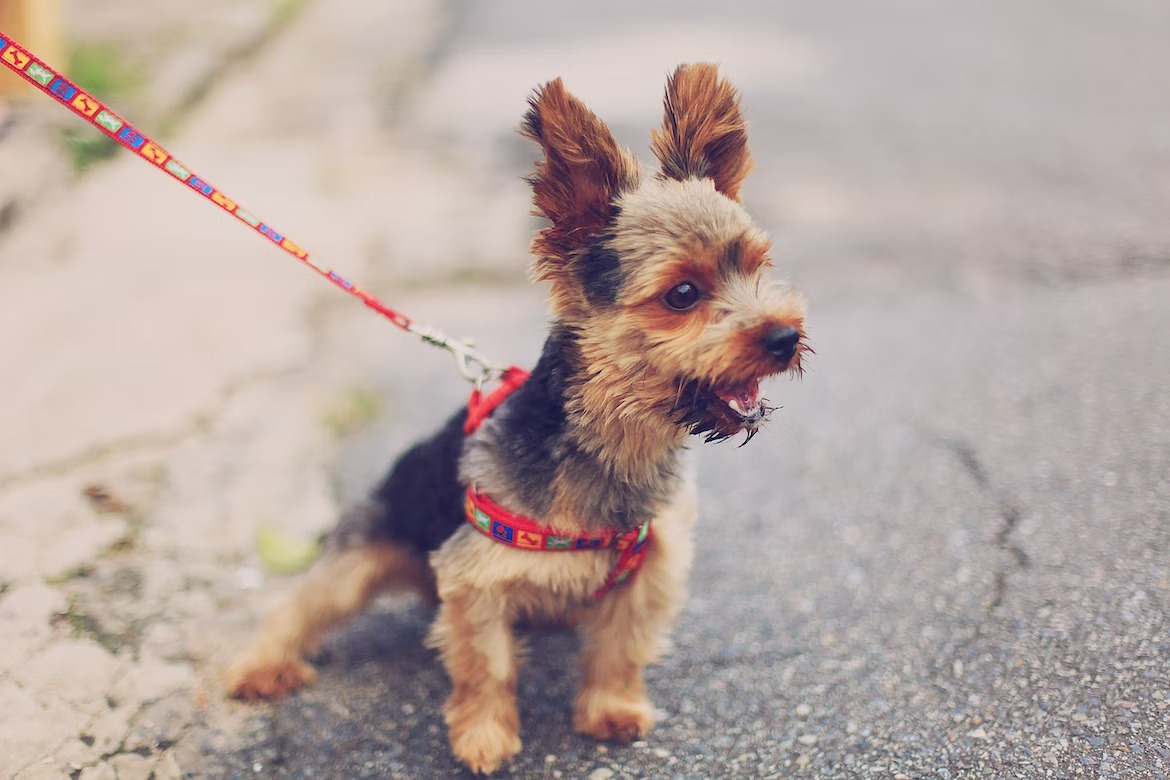
Routines are incredibly important, especially when training young puppies. A dog's life is not very different from a human's life. They need to eat, sleep, and go outside to do their business. They also need to learn.
Not establishing or sticking to a routine is another common mistake made in dog training. Letting dogs eat when they feel like it or walking them only when owners feel like it creates chaos. Routines help establish rules, and they are more beneficial than most dog owners know.
It is important to establish routines for your dog early on so that they know what is expected of them at all times. This includes mealtimes, playtime, and walking routines. Establishing these routines will make it easier for you to train your pup later, and will help them feel more comfortable in their environment.
Scroll down to see FAQs about training mistakes!
What To Read Next
15 Best Dog Breeds for First-Time Owners
10 Very Quick And Cool Dog Facts
Frequently Asked Questions
How do you know if your dog is poorly trained? You may notice several signs that your dog is poorly trained, such as jumping on people, barking excessively, not responding to commands, pulling on the leash during walks, or displaying aggressive behavior towards people or other animals. Poor training can also lead to destructive behavior, such as chewing furniture or shoes. If you notice any of these behaviors, it may be time to reevaluate your training methods and seek professional help if necessary.
What is a common mistake people make when trying to train their dogs? A common mistake people make when trying to train their dogs is inconsistent training. Dogs need consistency and repetition to learn and develop good habits. Inconsistency can confuse your dog and make it harder for them to learn what you are trying to teach them. It's important to establish a regular training routine and stick to it.
What is the 3 second rule in dog training? The 3 second rule in dog training refers to the amount of time you have to reward or correct your dog's behavior. Dogs have a short attention span, and if you wait too long to reward or correct a behavior, they may not associate it with the action. Therefore, it's important to reward or correct your dog within 3 seconds of the behavior to effectively reinforce it.
What makes a bad dog trainer? A bad dog trainer is someone who uses abusive or harsh training methods, lacks patience and consistency, or fails to properly communicate with the dog. A bad trainer may also fail to understand the dog's behavior and personality, which can result in ineffective training or even exacerbate existing behavior problems.
What are red flags in dog training? Red flags in dog training may include the use of physical punishment or abusive training methods, such as hitting or kicking the dog. A trainer who lacks experience or uses a one-size-fits-all approach to training may also be a red flag. Additionally, a trainer who does not take the time to listen to the dog owner's concerns or explain their training methods may not be a good fit for you and your dog.
At what age is it harder to train a dog? It can be harder to train a dog as they get older, particularly after six months of age. Puppies have a natural curiosity and eagerness to learn, which can make them more receptive to training. However, adult dogs can still be trained with patience and consistency. Senior dogs may have health or mobility issues that make training more difficult, but they can still benefit from mental stimulation and enrichment activities.
What is the number one rule in dog training? The number one rule in dog training is to be consistent. Consistency is essential for helping dogs learn and understand what is expected of them. This means using the same commands, rewards, and corrections every time you train your dog. Inconsistent training can confuse your dog and make it harder for them to learn, so it's important to establish a routine and stick to it. Additionally, positive reinforcement is a powerful tool for training dogs, so be sure to praise and reward your dog for good behavior.




